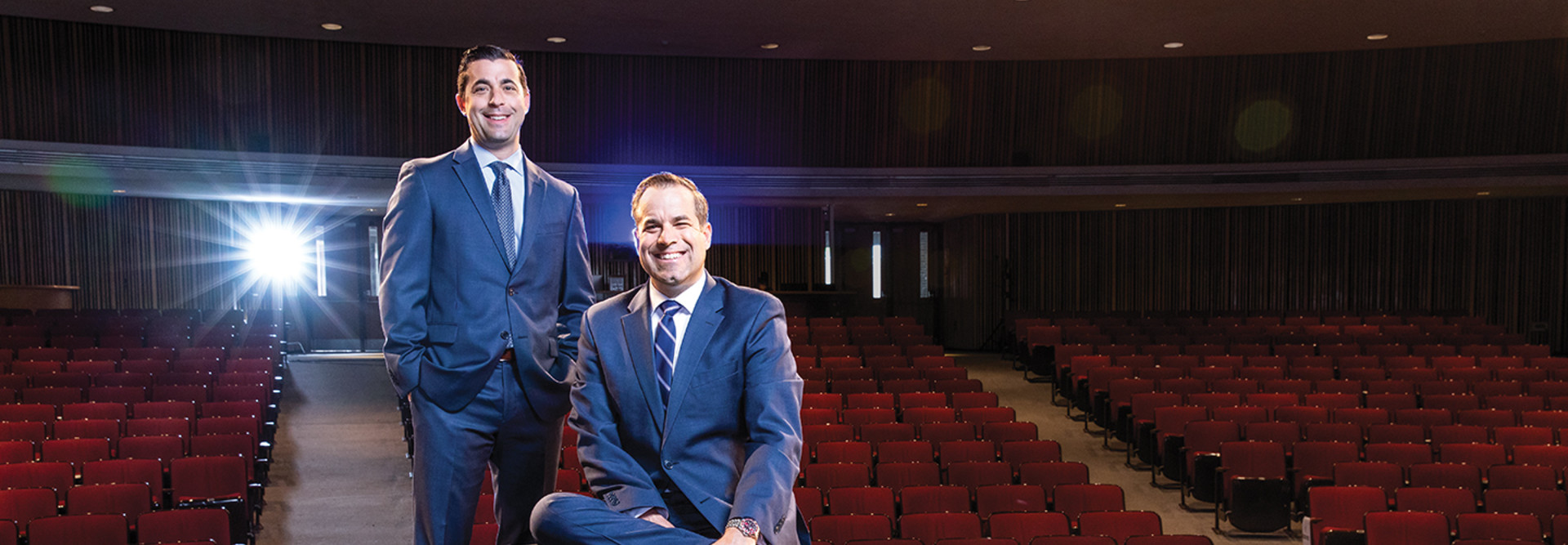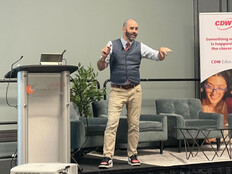“Our auditorium space is now a classroom used as a laboratory to learn,” says Bicsko. “Tax money is being spent on current and future industry trends that will make students very, very employable.”
He’s not alone in that conviction. Multimedia skills have become so important to the job market that more districts are incorporating them into curricula. In fact, the Educational Theatre Association is creating national standards to guide that instruction.
“The use of technology in the creative arts is definitely on the rise,” says Cory Wilkerson, the association’s education manager, who is working with the National Coalition for Core Arts Standards on the revised guidelines. “It’s coming up from the students themselves. Students are coming to school with AV and media arts skills, and they’re hungry for artistic training around these tools.”
MORE FROM EDTECH: Here are some smart ways for K–12 teachers to use AR and VR in the classroom.
Media Center Upgrades Expand Possibilities for K–12 Creativity
Deerfield Public Schools District 109 in Illinois also tackled a long-overdue upgrade to bring its AV technology into this century. Leaders wanted to get students excited about learning, says District Technology Coordinator Adam Levinstein. They were also eyeing updates to various spaces in the district’s seven buildings. Those two goals, it turns out, dovetailed nicely.
The first space they tackled was an elementary school multipurpose room used for assemblies, parent meetings and community events. It was large and echoey, Levinstein says, with 1960s-era equipment.
By late 2018, the room had been transformed with new wireless microphones, HD video projectors, custom screens and a custom speaker array.
Both middle school media centers also received a full AV build, says Andrea Trudeau, a District 109 library information specialist who directs one of the centers. The new equipment — green screens, Chromebooks, digital cameras, HP Oculus virtual reality headsets and other makerspace tools — is changing the way students learn, Trudeau says.
“I find that the kids are taking so much more ownership in their learning, and they like applying the innovative tech tools, which I think is amazing,” she says.
In a recent project, students took a virtual walk in the shoes of a refugee, exploring Tanzania via Oculus VR and reading a book called Stepping Stones: A Refugee Family’s Journey. They created projects, including a stop-motion film, to share what they’d learned.









